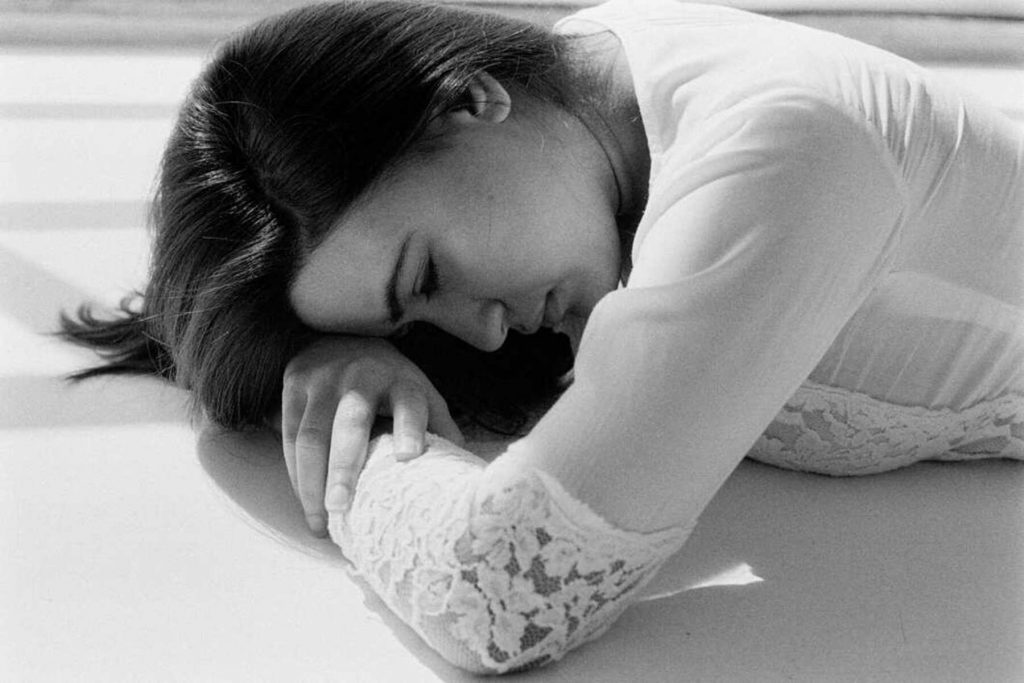
Photo Courtesy of Rabia Meghani
I discovered yoga at the age of nine on Master Healer Dr. Pankaj Naram’s show Yoga for You on the Hindi TV Channel, Zee TV. I remember tip-toeing to the living room in my PJs at 5 a.m., rushing to find the TV remote in the dark. I listened as he explained each pose in detail and would dream of being one of his assistants on the show. With their perfect ponytails and what seemed to me superhuman flexibility, his assistants would easily flow from pose to pose. Each night I would go to bed eager to wake up in time to watch the show and do yoga again. At that time I didn’t have an alarm or a DVR so waking up on time and catching the show right as it came on was purely a faith-based activity.
As I grew up, yoga continued to be instrumental in my life. In the outside world, however, yoga as I had known it — yoga that felt like mine — began to take a new shape. I continued to attend classes at yoga studios and watch videos online but what once felt familiar and comforting to me was slipping through my fingers. Loose sustainable clothing turned into tight and form-fitting attire; slow, deep movements turned into high-intensity workouts and chanting om turned into dubstep music with the occasional Sanskrit phrases thrown in incorrectly.
I knew I hit my breaking point when a yoga instructor compared Hindu deities to Marvel characters and what’s worse is that the comparisons were completely wrong. As I breathed through my anger, I knew that it was time to speak up. Enough was enough. It was time to reclaim this sacred practice and way of living.
[Read Related: Yoga: The True Hindu Roots Behind the Western Trend]
I began my formal education in yoga with 200 hours of teacher training. I arrived on the first day of class eager to learn, but as I looked around me, I quickly realized that no one looked like me. The studio owners and teachers who were instructing the mindful practices of my ancestors had no idea what it felt like to be brown, what it felt like to be me. I would hold myself back from correcting instructors on how to pronounce a pose in Sanskrit correctly.
The more I withheld, the stronger my anxiety grew. Throughout the program, I wrestled with my anxiety and struggled to accept that this sacred practice and knowledge were being packaged for a white audience. On graduation day, I looked around to see 20 individuals who would go out and teach yoga to the masses without a clue about what they were really doing. How was that okay? And was I the only one experiencing this? Surely there had to be others. To answer these questions, I continued my education in a 1,000-hour yoga therapy program.
This experience was starkly different from my first teacher training. My new instructor sat across from us in a red shalwar kameez and started our first lecture with these words: “Let’s talk about cultural appropriation.” I knew instantly that I was in the right place and that my real education would begin now.
While the program was informative and answered all my questions, the studios I would go on to work for would not accept any other format than the one that was profitable to them. Studio owners would often say: “Don’t say om in class, it’ll make people uncomfortable,” or “The temperature in the class has to be high, remember this is hot yoga workout class,” and “Don’t let them lay in savasana for longer than 5 minutes so no one gets bored” to name a few.
[Read Related: Do it for the Culture: Understanding Yoga and Hinduism Beyond the Western Lens]
At first, I was discouraged but as time went on, each experience emboldened and fueled the fire within me to take a stand and speak my truth. It was time to have uncomfortable conversations and challenge individuals and even corporations that were representing yoga in the wrong light. It was time to honor the origin and original intent of yoga and reinvent what yoga looked like in the west for myself, my community and my ancestors.
However, I cannot do this alone. If my story reminds you of your own uncomfortable and disheartening experiences in white yoga, I implore you to stand with me and speak up. Challenge studio owners and teachers. Correct their Sanskrit, educate them on grassroots yoga and shed light on the harms of westernizing this sacred practice. It’s time to work through the discomfort of experiencing cultural appropriation on the mat and spark conversations that will lead to tangible change.
The change will not happen in one class or through one conversation. We will need to commit to taking action on and off the mat. From our clothing brands to yoga mat and accessory manufacturers, to the studios we frequent, we will need to examine the ways in which we are also part of the problem. My hope is that we will reclaim this sacred gift and knowledge for our ancestors. I will continue to hold on to the innocence and awe of the nine-year-old girl who fell in love with yoga and the play “Hum dekhenge” by Iqbal Bano, reaffirming myself that one day, yoga will feel mine again.
Learn more about Rabia’s mission on her website here.




